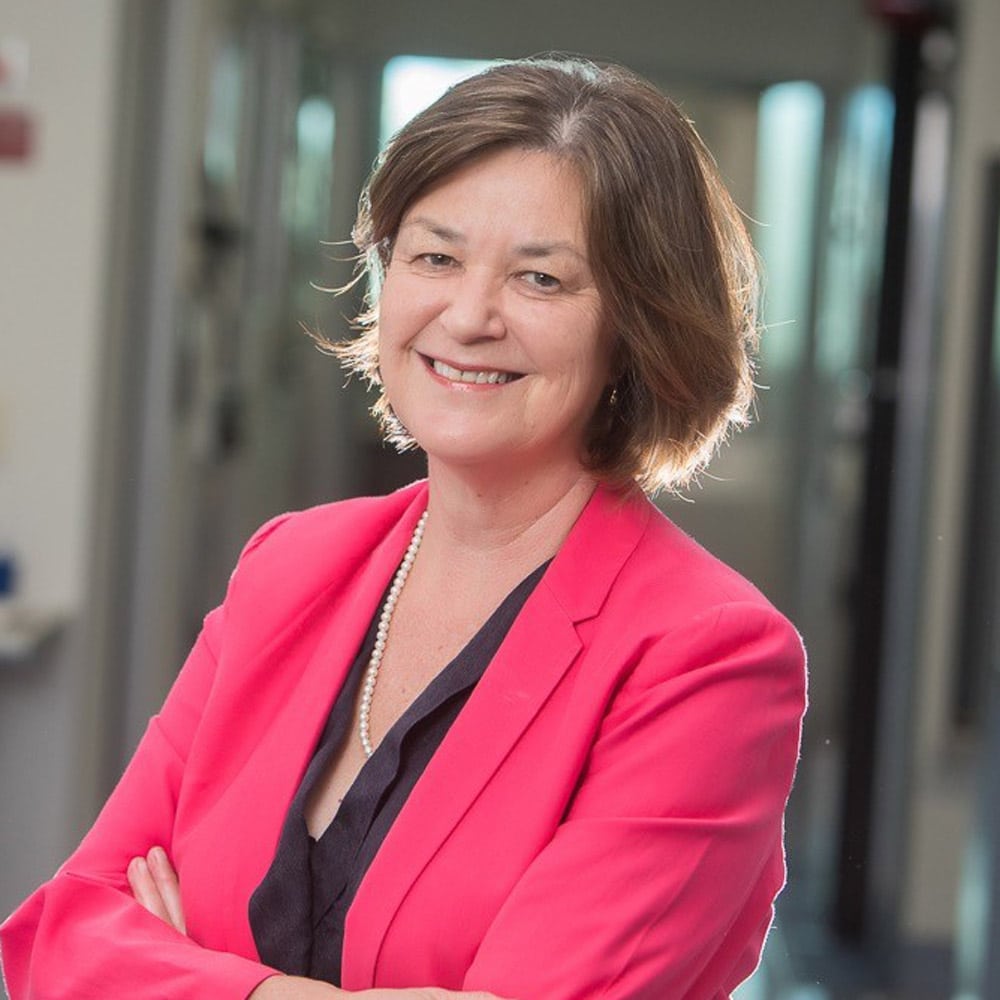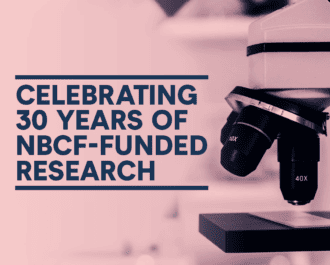 Treat
Treat
A new study published in the prestigious journal Nature Communication has revealed physical changes in DNA structure could contribute to treatment resistance in breast cancer cells. Reversing these structural changes could help to reduce the rate of relapse in women with hormone-resistant tumours.
Estrogen receptor positive (ER+) breast cancer accounts for 70% of all diagnoses and, as the name suggests, grows when the hormone estrogen is present. Hence, hormone therapies that block estrogen’s effects, such as Tamoxifen, are used as treatment. Unfortunately, ER+ tumours can often develop resistance to these drugs, leading to a third of patients relapsing within 15 years.
To investigate the source of this resistance, NBCF-funded researcher Professor Susan Clark (Garvan Institute of Medical Research, Sydney) led a team that used a cutting-edge imaging technique to capture the 3D shape of DNA within tumour cells. The technique, called chromosome conformation capture, allowed the researchers to compare the physical DNA structure in cells which were treatment-resistant, and those that were not.

Professor Susan Clark (Garvan Institute of Medical Research, Sydney)
“Between breast cancer cells that were still sensitive to hormone treatment and those that had developed resistance, we saw significant changes in 3D interactions of DNA regions that control gene activation,” said research team member Dr Joanna Achinger-Kawecka.
“Further, we found that this 3D ‘rewiring’ occurred at DNA regions that had specific epigenetic changes that the team has already linked to hormone resistance.”
The next step is to see whether these epigenetic changes can be reversed, to return the DNA to its normal 3D structure and prevent the cells from developing drug resistance.
“Once ER+ breast cancer patients become resistant to hormone therapy, it is more difficult to treat,” says Professor Clark.
“We hope our research will help lead to combination treatments that allow women to take hormone therapy for longer, giving them better clinical outcomes.”
NBCF proudly contributed to the funding of this work through an Innovator grant to lead researcher Professor Susan Clark, and a Postdoctoral Fellowship grant to co-author Dr Fatima Valdes-Mora.
More News Articles
View all News Treat
Treat

